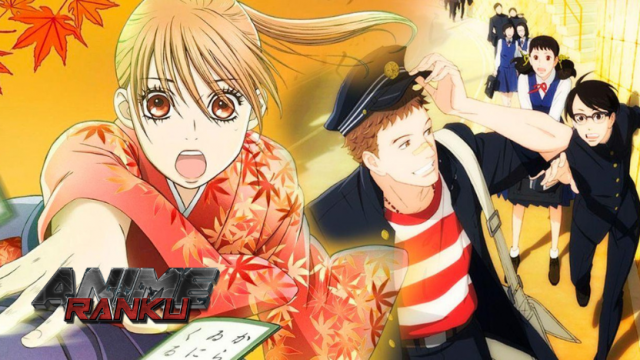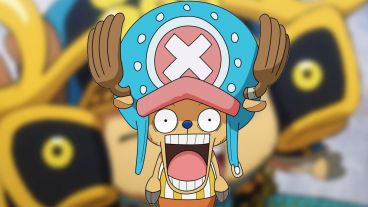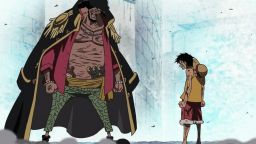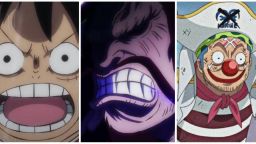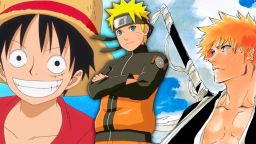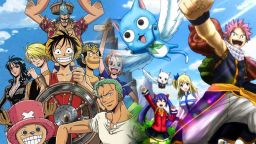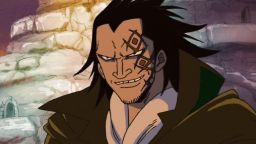Of the four primary manga audiences, adult women are unquestionably the most neglected and are targeted largely by josei works. They usually narrate tales in the slice-of-life drama and romance genres, with the latter type frequently being a little more adult or explicit than its shojo equivalents. Nana, Paradise Kiss, Honey and Clover, Nodame Cantabile, Princess Jellyfish, Usagi Drop, and Descending Stories: Showa Genroku Rakugo Shinju are a few of the most well-known examples of josei works on a global scale.
Even while these tales are frequently captivating, the josei audience and the genres that these works typically belong to also have their share of issues. Many individuals find them slow-paced and tiresome to get through, especially those who naturally gravitate toward slice-of-life stories and love dramas. In addition, they might be melodramatic to the point of being like soap operas, sometimes filled with unhealthy or downright toxic relationships. These are all issues that can be found in the below josei-based anime
.
2005-Loveless

In a society where everyone is born with cat ears and a tail that drops off when they have sex, 12-year-old Aoyagi Ritsuka struggles to come to terms with the recent death of his older brother Seimei and a mysterious case of amnesia. Things take a turn for the stranger when, on his first day at a new school, he is approached by a man named Agatsuma Soubi who claims to have been close to Seimei. Now, they must battle as a bonded pair in spell battles against other challengers, all sent to fight them by a shadowy organization known as Septimal Moon, which may well have had something to do with Seimei’s murder.
First published in josei manga magazine Monthly Comic Zero Sum in 2002, Loveless received an anime adaptation in 2005, with its many fans thrilled to see the dark supernatural mystery/romance play out on screen. However, other viewers found themselves troubled by the problematic relationships depicted in Loveless, such as that between the 12-year-old Ritsuka and the 20-year-old Soubi. Moreover, the 12-episode anime fails to conclude its story, asking far more questions than it answers and serving as little more than a teaser for the manga rather than telling a satisfying self-contained narrative.
2009-07-Ghost

Teito Klein is a former slave and highly promising student at the elite Barsburg Empire Military Academy. Like his peers, he can fight using a rare supernatural force called Zaiphon, although he has no memories of his past. The night before his graduation exam, Teito overhears a dark secret and must flee for his life when he is discovered. Evading the military, he finds shelter with the 7th District Church, whose Bishops offer him sanctuary -- and a chance at revenge against the Barsburg Empire, which was responsible for destroying his home country, and which is now after him for possessing a powerful magical stone called the Eye of Mikhail.
Likewise published as a manga in Monthly Comic Zero Sum, the 2005-2014 07-Ghost was adapted into anime form in 2009. However, despite its popularity, the series is plagued by numerous issues, not least of which include its ploddingly slow pacing, exposition-filled dialogue and mopey characters, some of whom lack any real development by the end of the anime’s 25-episode run. Seemingly unable to commit to being a fully-fledged boys’ love title while still making the bishonen-esque character designs the main draw of the show, 07-Ghost attempts to pander to a wide demographic while never properly homing in on any, telling only a repetitive and lackluster story in the process.
2011-2020-Chihayafuru

After befriending a talented karuta player in elementary school, Ayase Chihaya dreams of becoming the "Queen" of competitive karuta. However, now in high school and having been separated from her old friends, Chihaya decides to form her own karuta club to further her goal. Soon reunited with one of her childhood companions and with new teammates by her side, Chihaya and the Mizusawa Karuta Club are determined to win the Omi Shrine's national championship -- although for Chihaya, this marks only the first step in her quest to become the best karuta player in the world.
Easily one of the most popular and well-known josei franchises to date, Chihayafuru -- first published as a Be Love manga from 2007-2022 -- is beloved by many, both in manga and anime form. It’s also been credited for a significant rise in interest in competitive karuta. Nonetheless, Chihayafuru has its fair share of problems, from the predictability of its plot to the rather artificial-seeming romance and love triangle aspect. While the art is certainly praiseworthy, the 74-episode story grows bland and repetitive quickly, despite the anime’s best efforts to make things appear tense and exciting by being as (sometimes laughably) dramatic as possible.
2012 - Kids on the Slope

Nishimi Kaoru is an intelligent but sensitive high school student who finds it difficult to make friends due to constantly moving towns because of his father’s career. In 1966, he moves from a city in Kanagawa to Sasebo, Nagasaki to stay with extended family. Unable to cope with the stress of so many new people on his first day of school, he escapes to the school rooftop, where he meets the delinquent Kawabuchi Sentarou. Drawn in despite himself thanks to Sentarou’s passion for jazz music, the pair form a friendship and begin playing jazz together at a record shop owned by their classmate, Mukae Ritsuko.
Also known as Sakamichi no Apollon (Apollo on the Slope), Kids on the Slope was initially published in Monthly Flowers in 2007-2012, then adapted into an anime directed by none other than Watanabe Shinirochou, of Cowboy Bebop and Samurai Champloo fame. However, despite its overall positive reception both in Japan and abroad, Kids on the Slope is by no means a perfect production. In particular, its central love triangle comes across as cliché and superfluous, and its final episode is extremely rushed yet still fails to tie up the story in a satisfying manner. It’s also a shame that the jazz eventually takes a back seat to the melodrama, the latter of which plays out in largely predictable -- and ultimately, frustratingly mediocre -- fashion.
2018 - Wotakoi: Love Is Hard for Otaku

Momose Narumi is a seemingly normal office worker with a 'dark' secret: she is an otome game and boys’ love-obsessed fujoshi. Determined to keep this knowledge under wraps, her plans go immediately awry when she discovers that an old classmate from middle school, Nifuji Hirotaka, works at the same company. Moreover, Hirotaka is a hardcore gamer -- but unlike Narumi, he doesn’t care who knows about his passion. In another twist, it turns out that two more of her office coworkers, married couple Koyanagi Hanako and Kabakura Tarou, are a cosplayer and bishojo character lover respectively. Together, they learn that love, never easy to begin with, can be especially difficult for otaku.
Officially titled Wotaku ni Koi wa Muzukashii but usually shortened simply to Wotakoi, the series began as a web manga in 2014 on Pixiv and was then serialized in the publisher’s digital manga magazine Comic POOL from 2015-2021. Regardless of its many accolades, the 2018 anime falls flat in certain regards. Main character Narumi frequently comes across as judgmental of others despite her otaku status, and while it’s always refreshing to see an anime set in a work rather than school environment, some of the characters often display school-aged maturity when they comment on things such as other people’s breast sizes. Moreover, although Narumi and Hirotaka’s relationship remains wholesome, the dynamics between Hanako and Kabakura are far more combative, setting an odd tone for a show that’s supposed to be an easygoing rom-com.
Read more: Ending of Attack On Titan, the characters' fate (the meaning behind).
